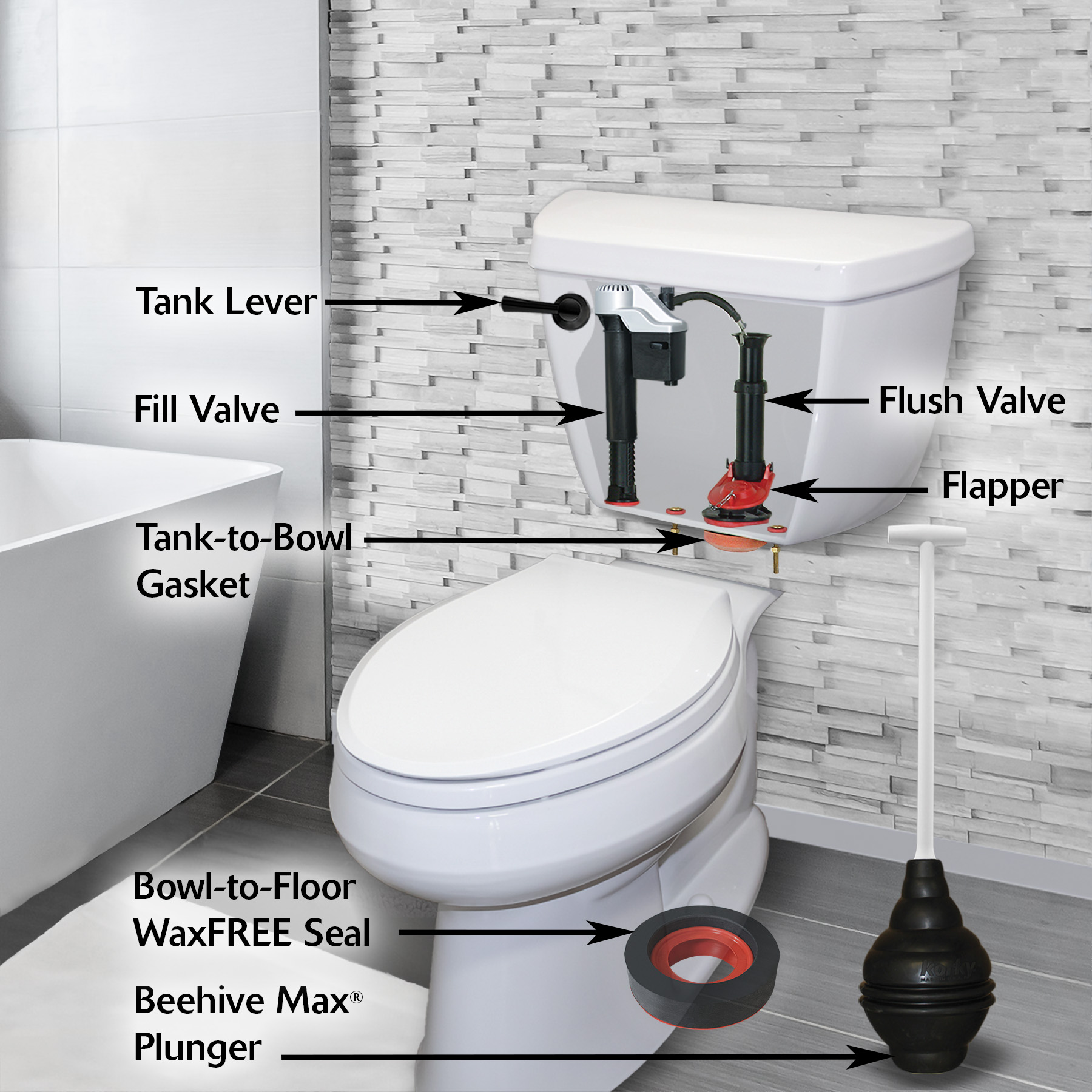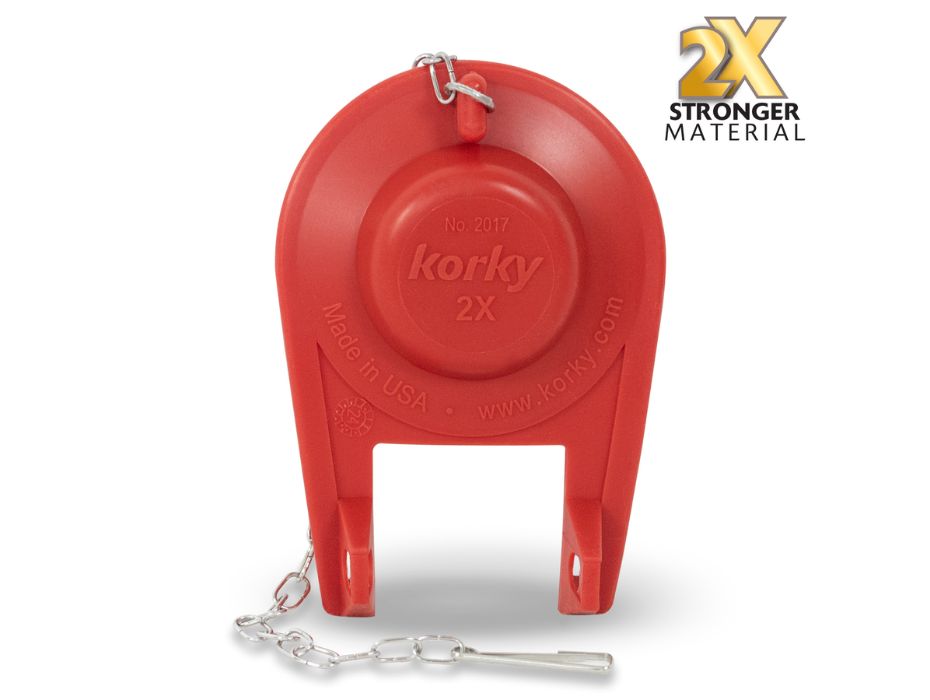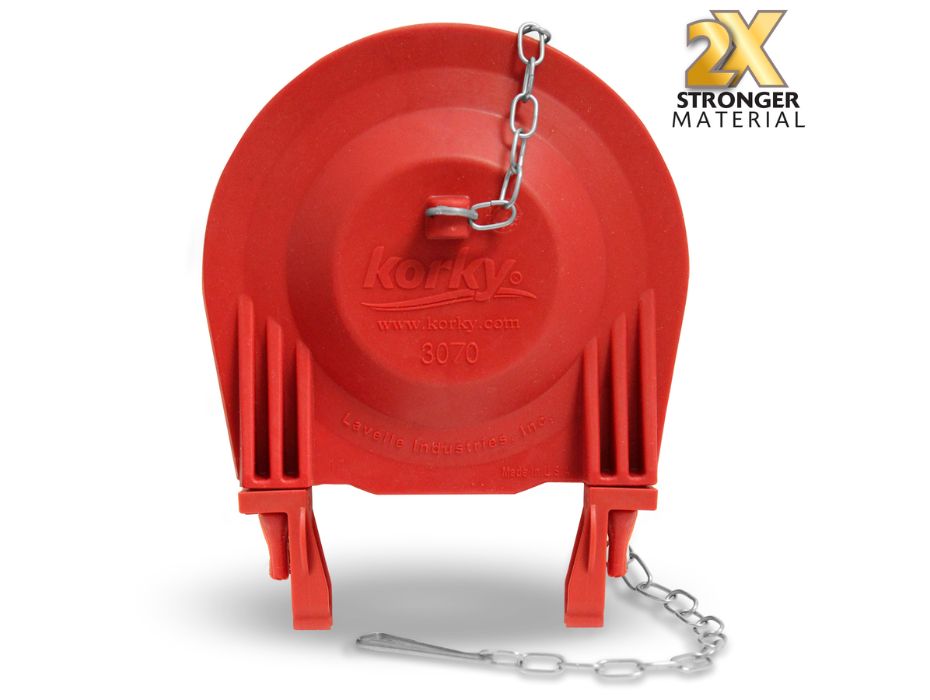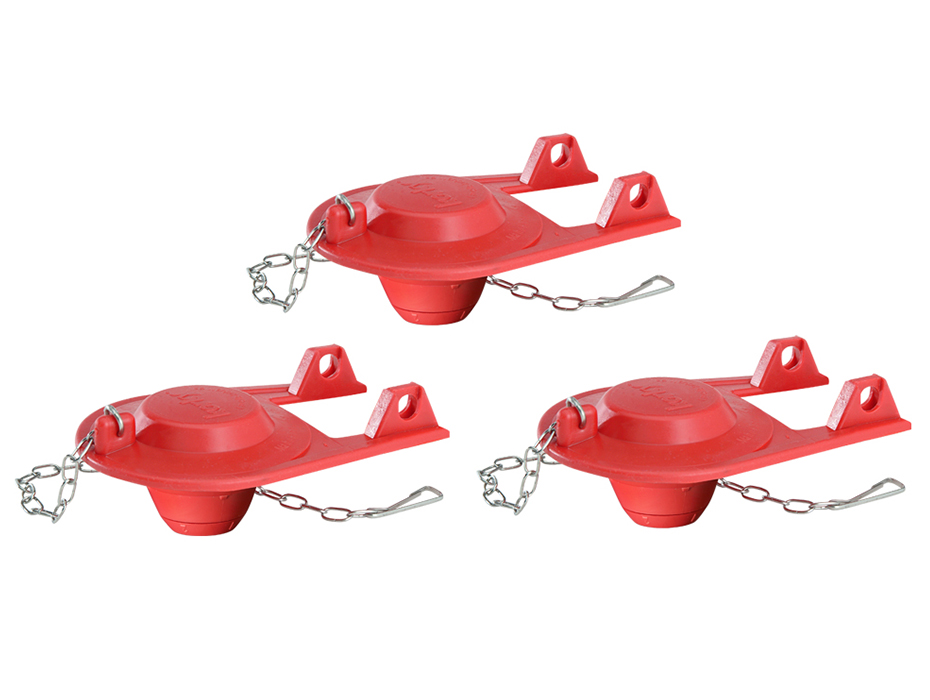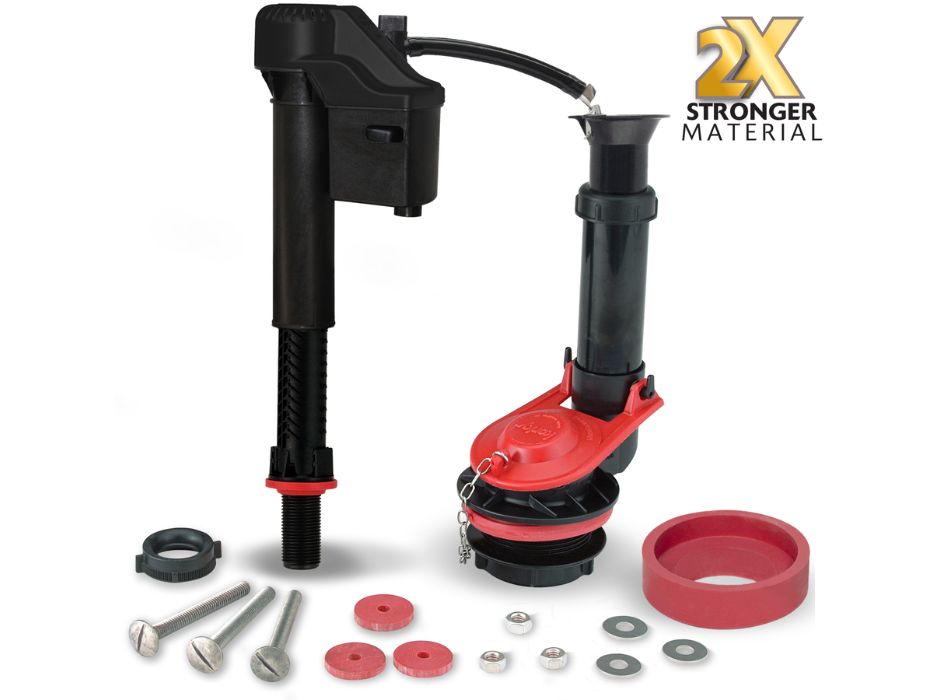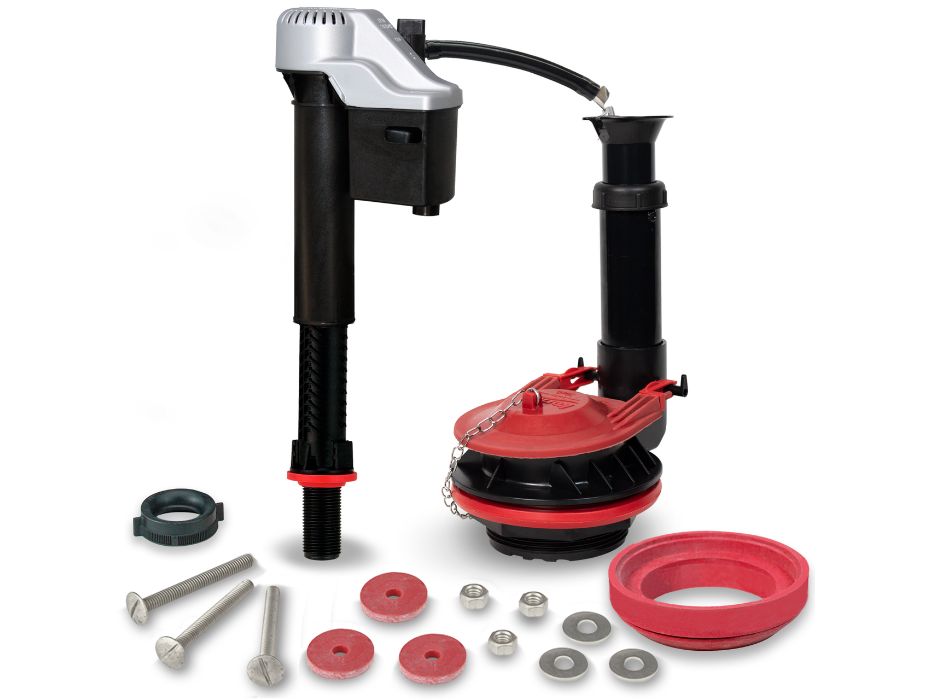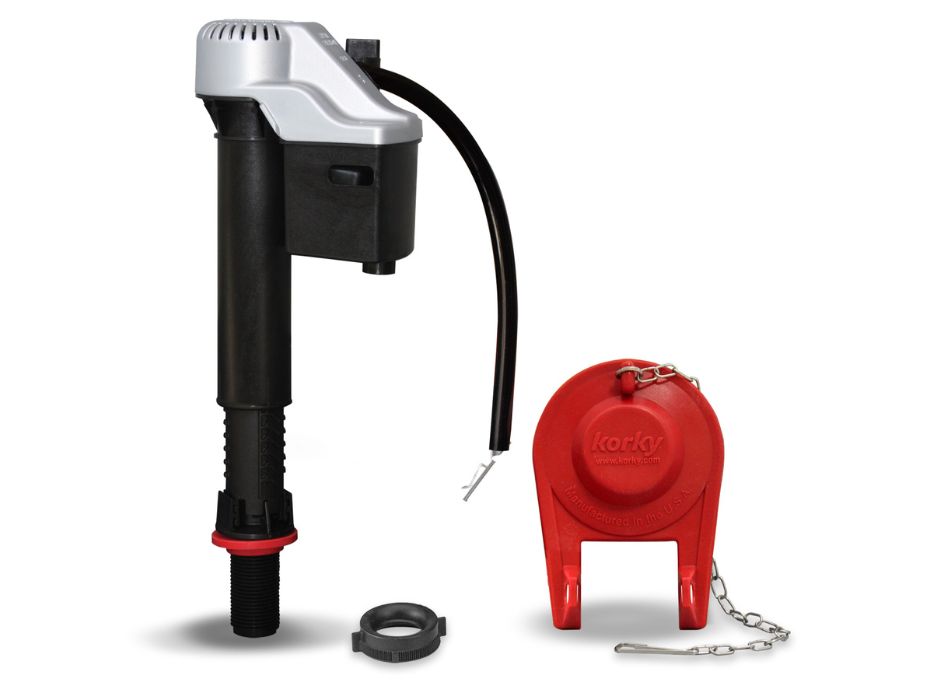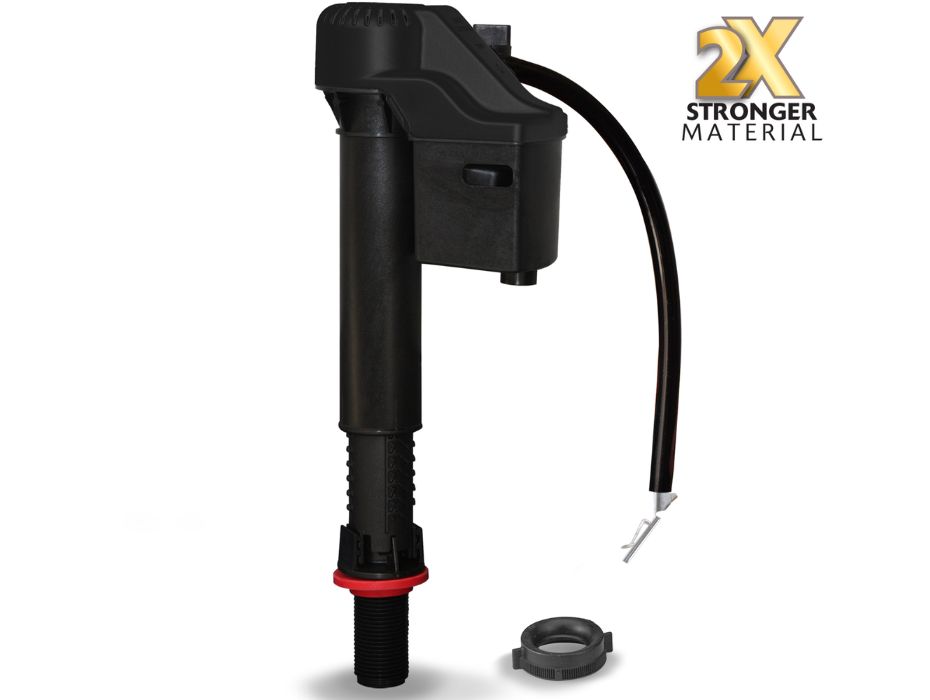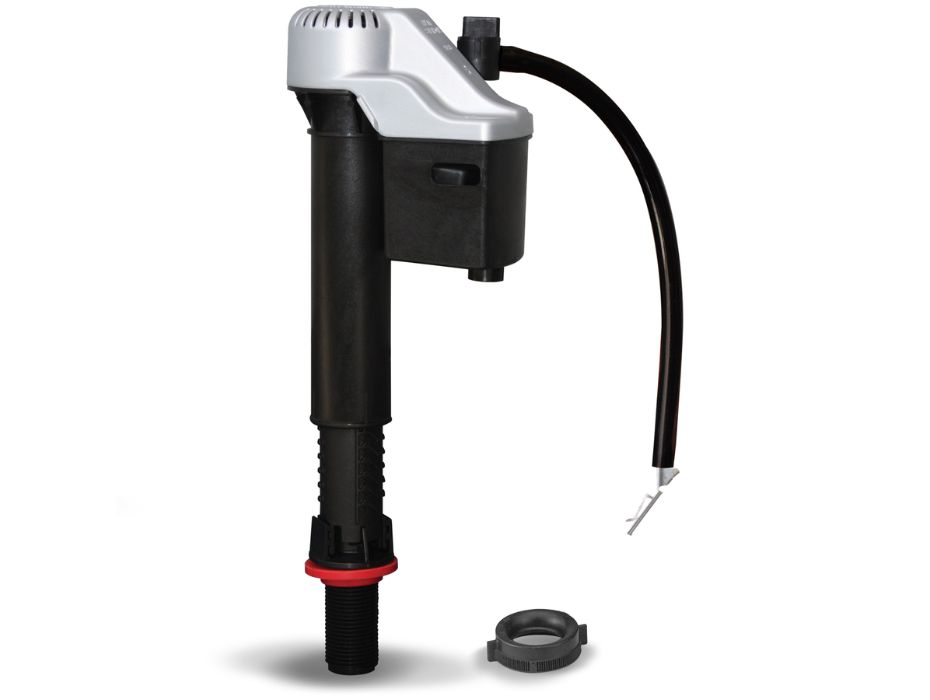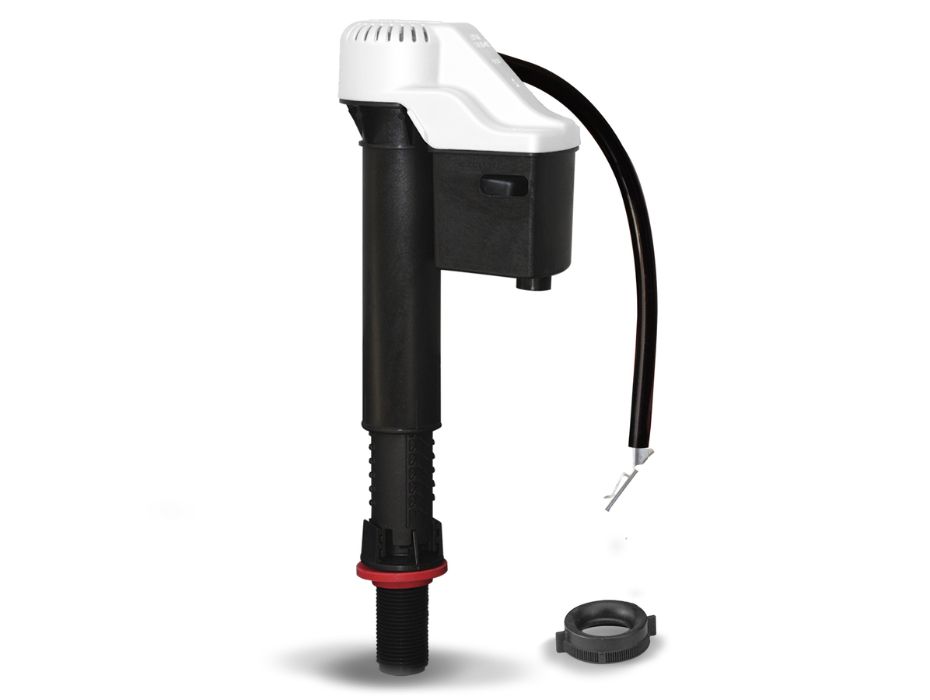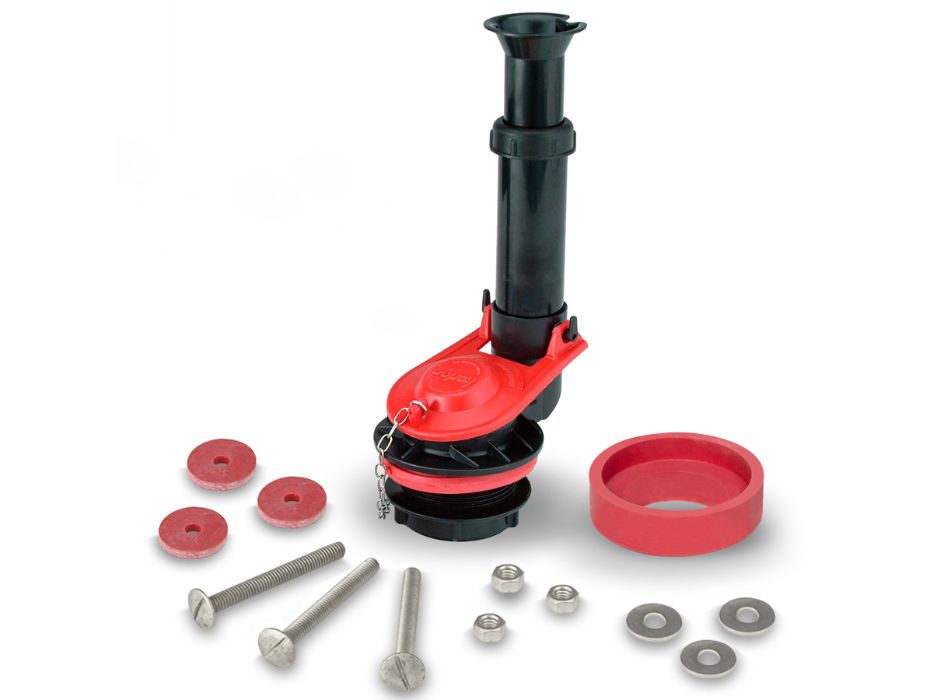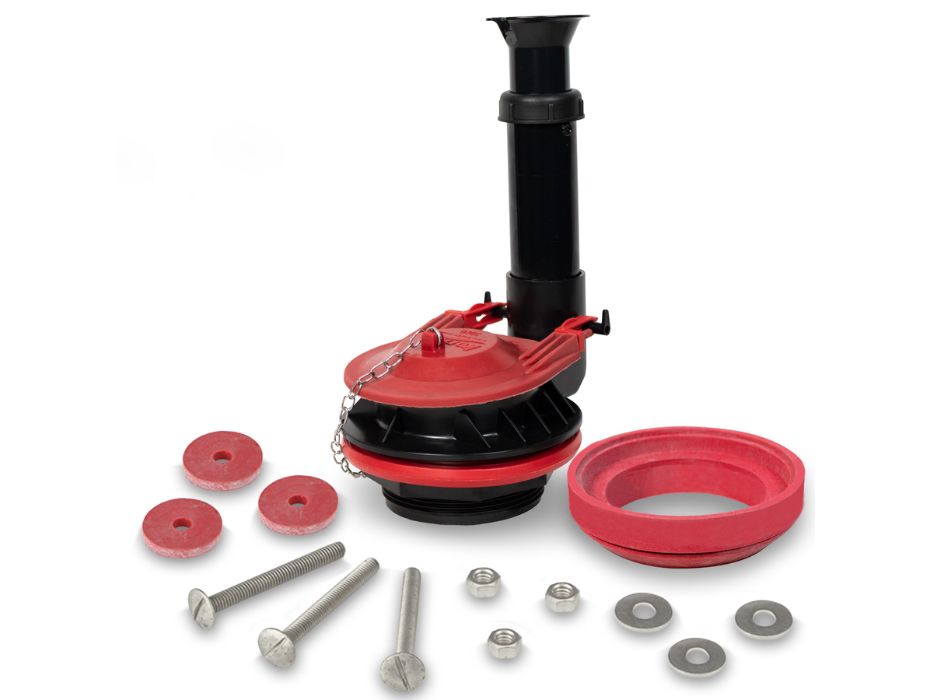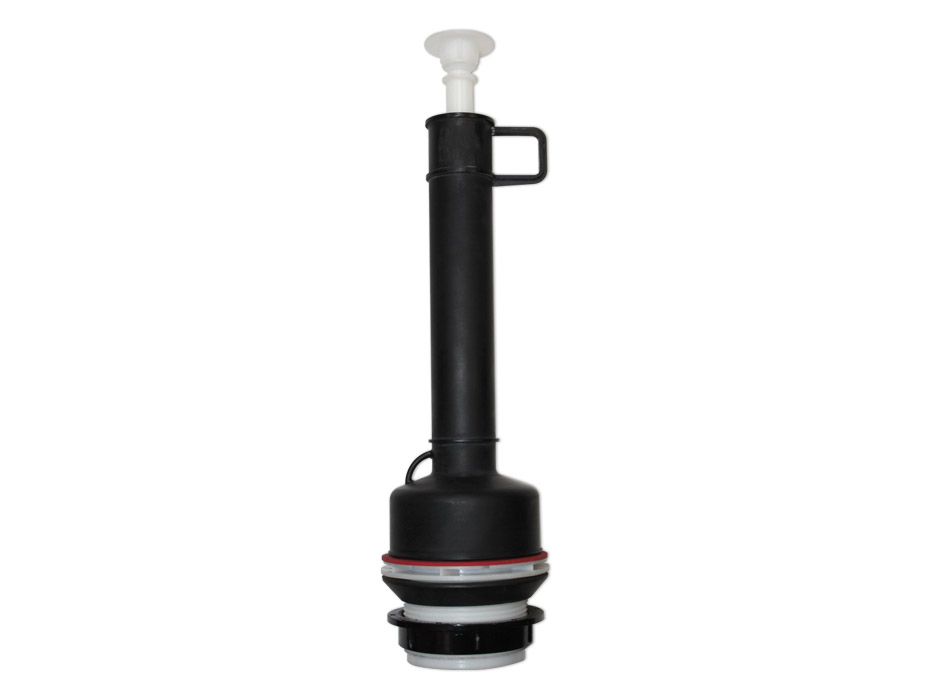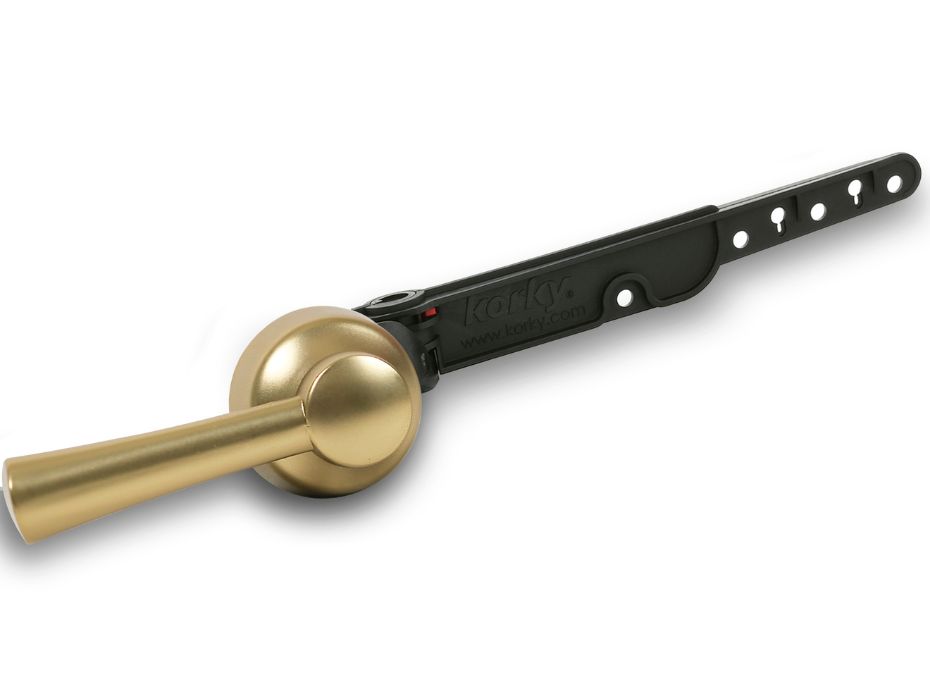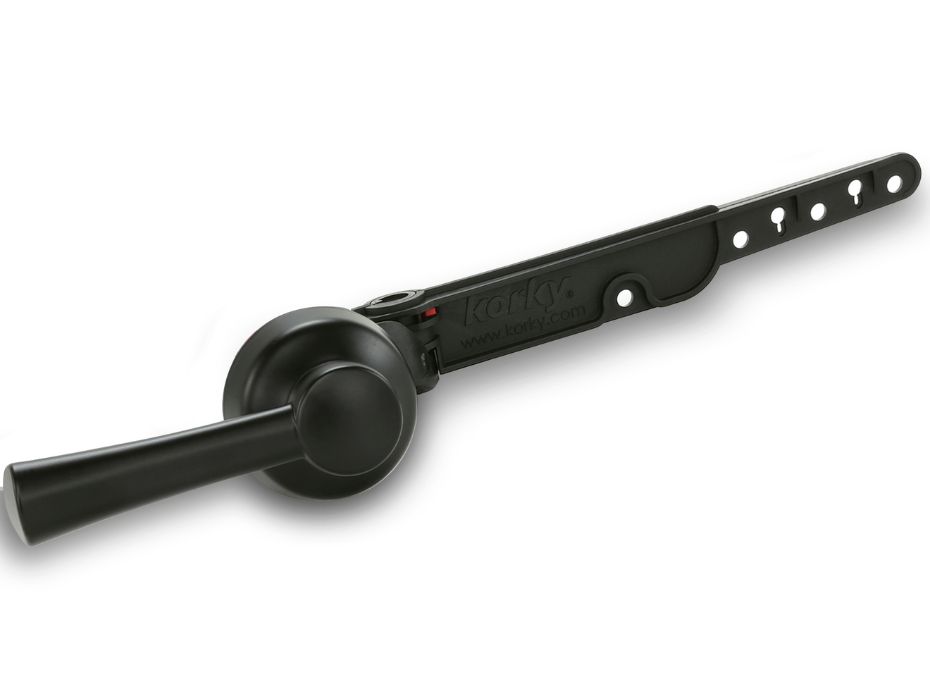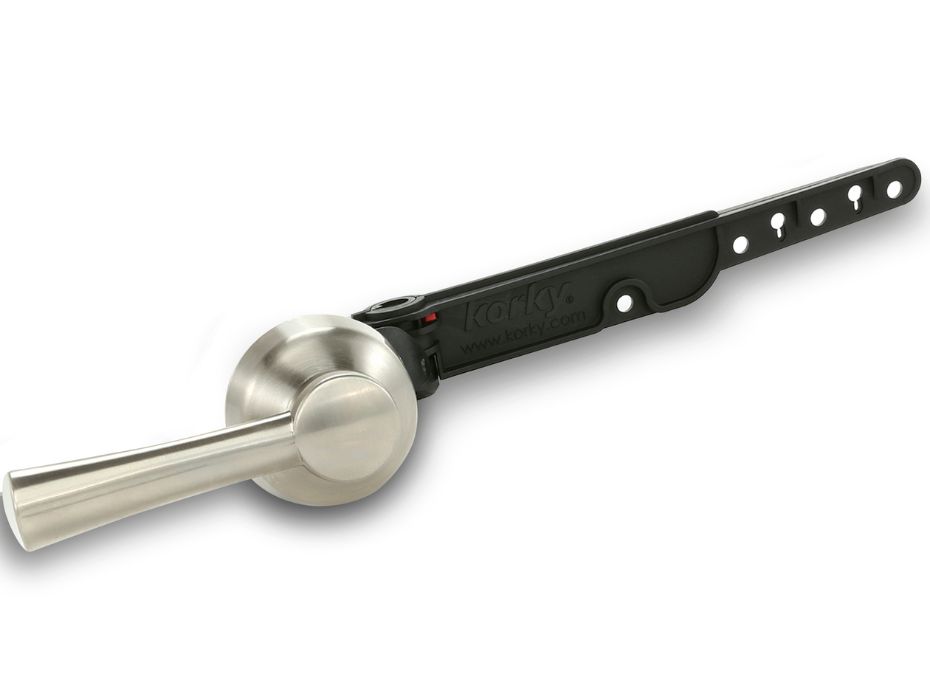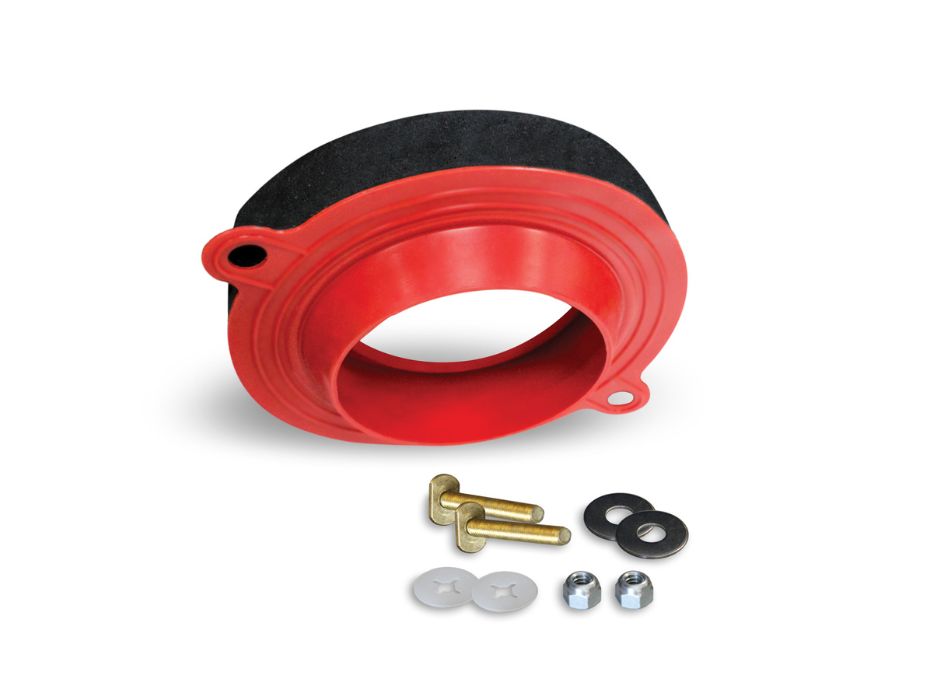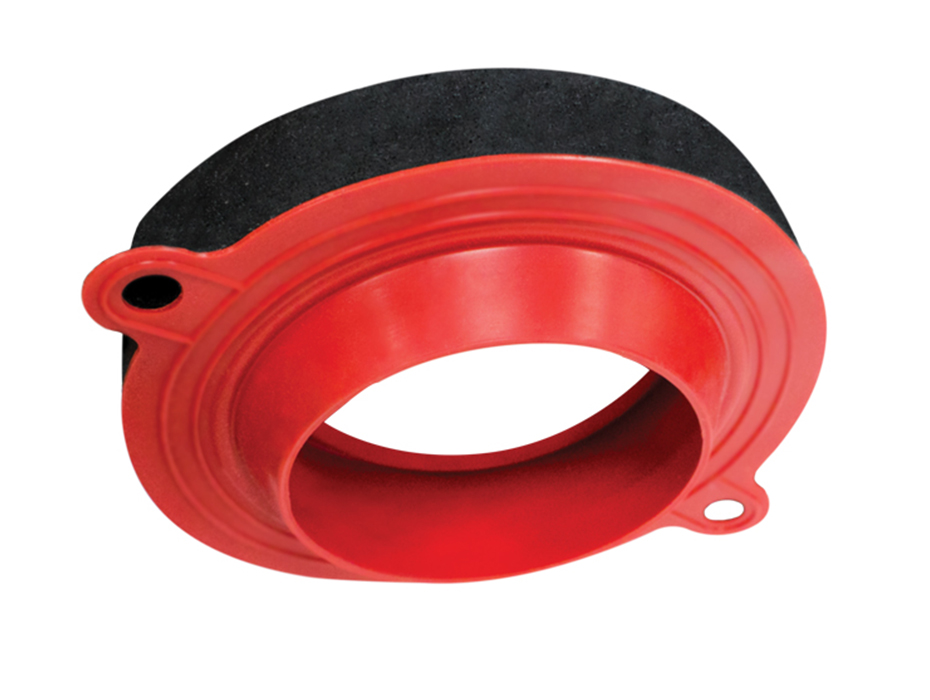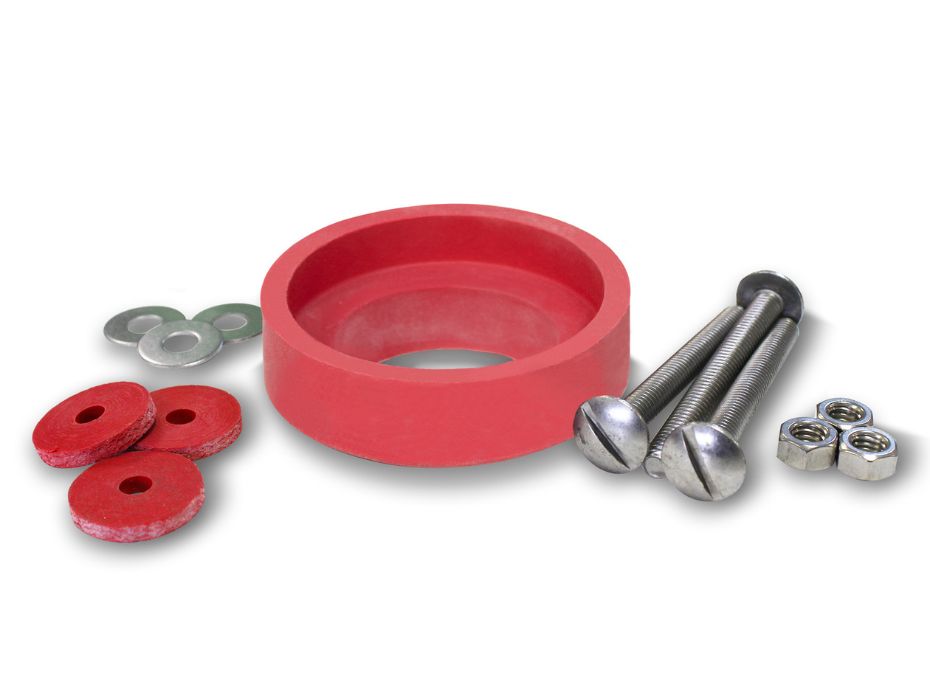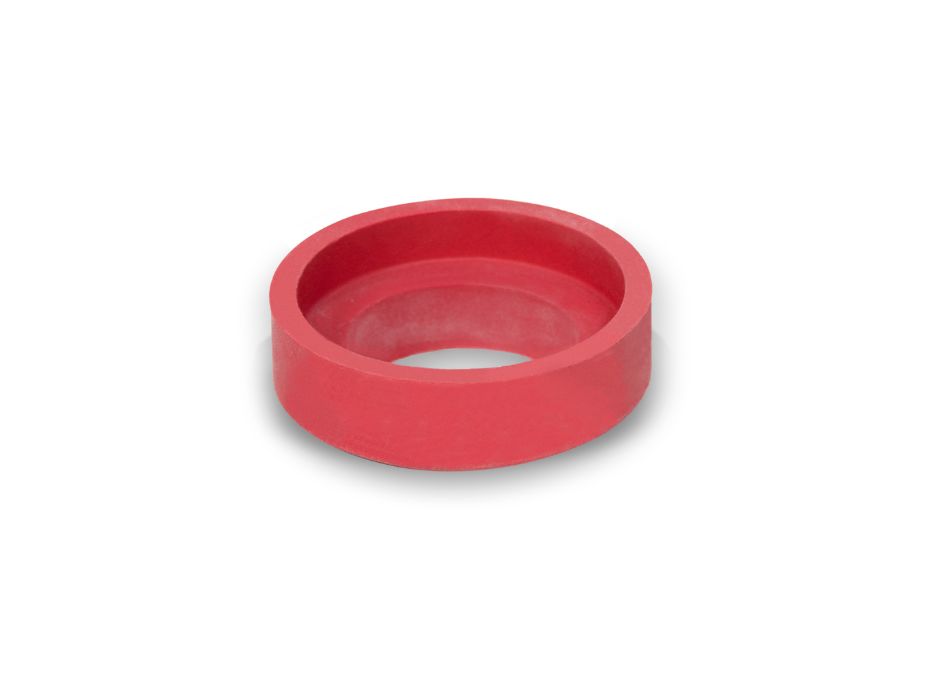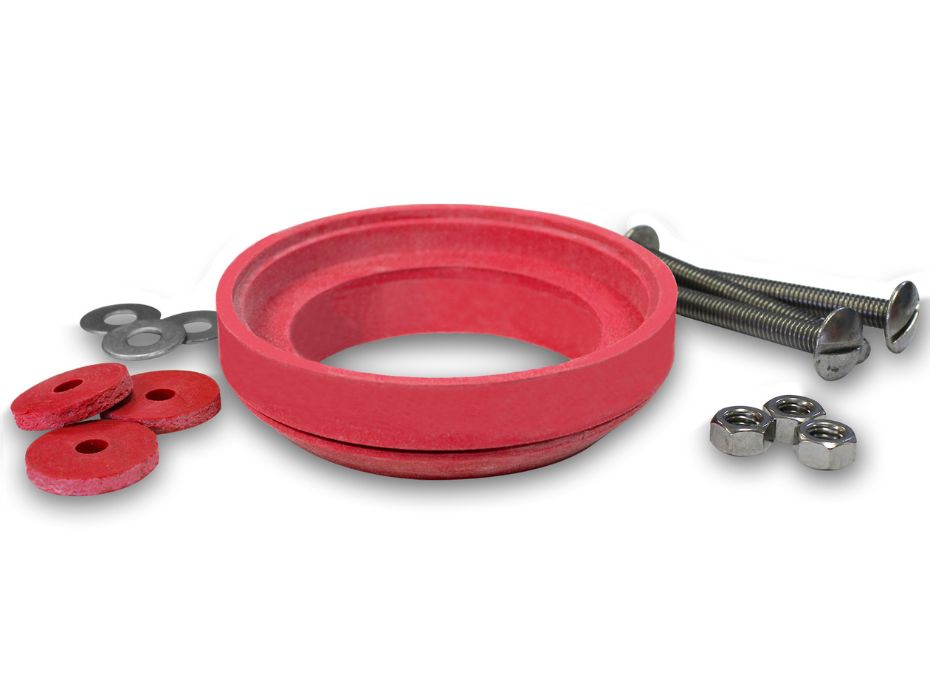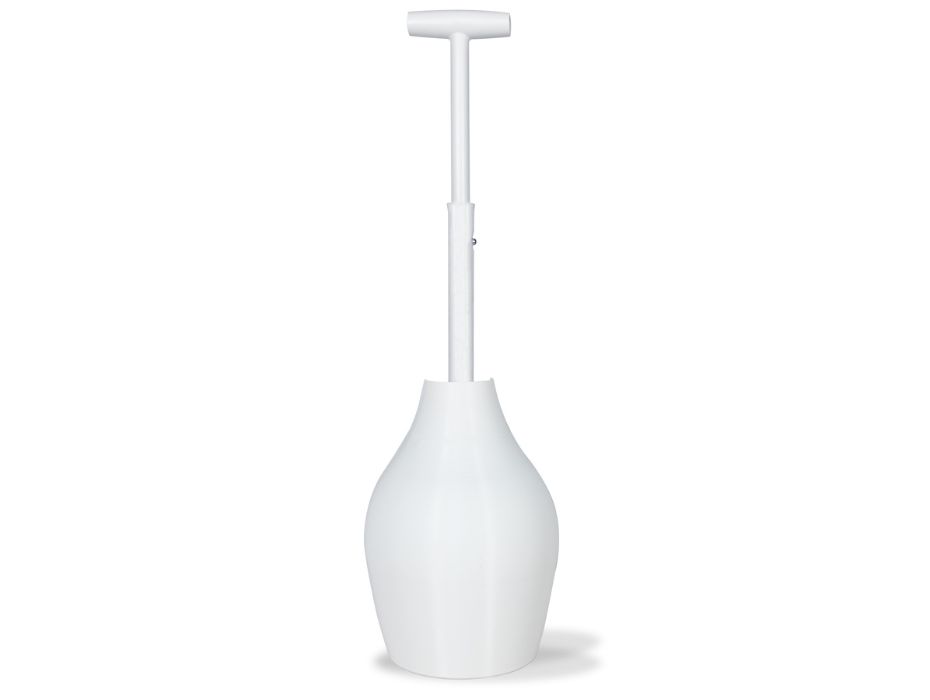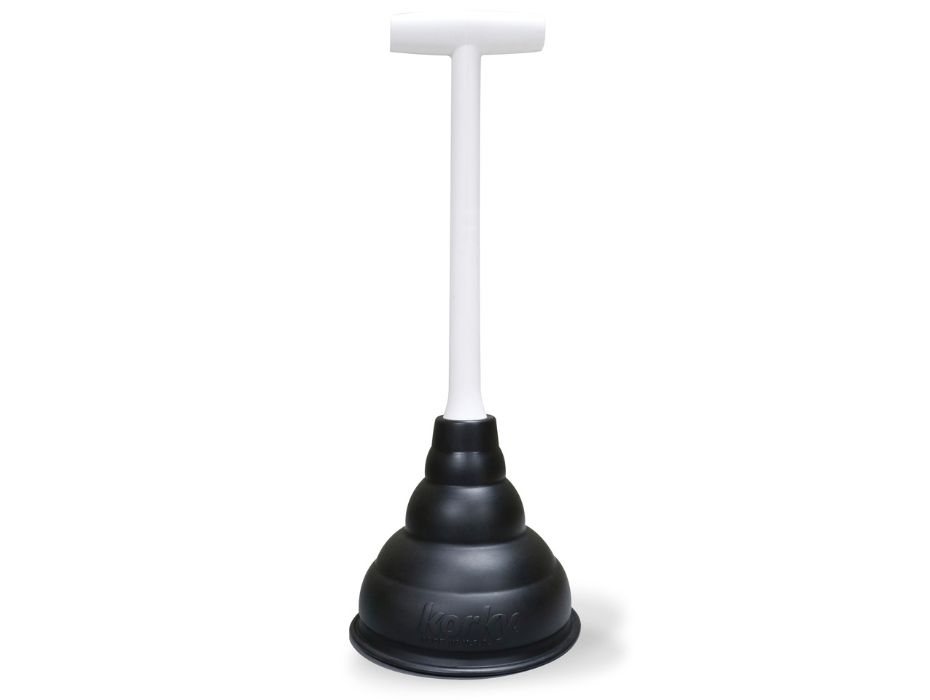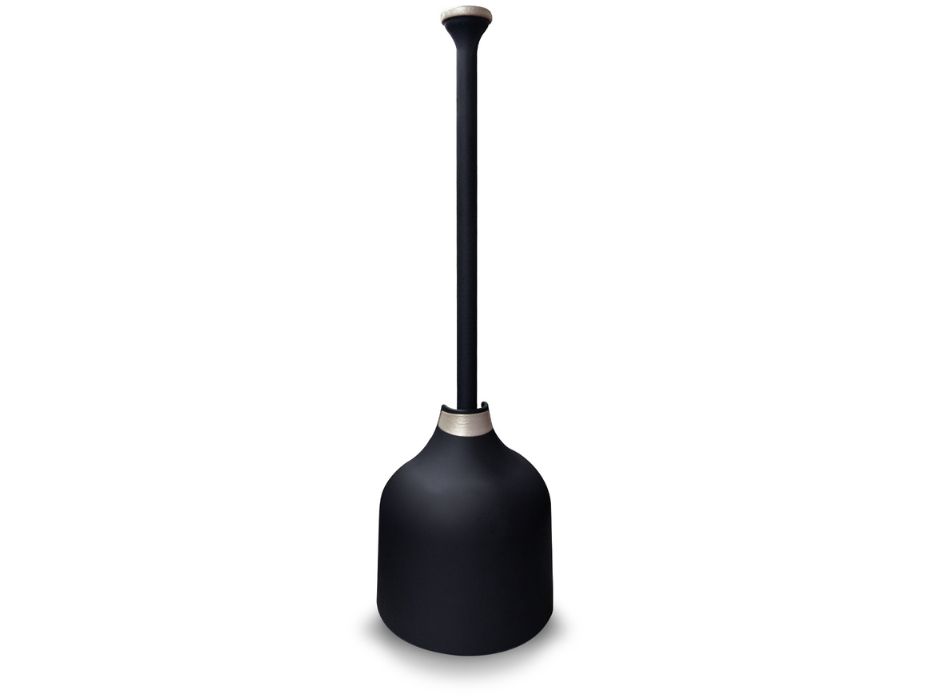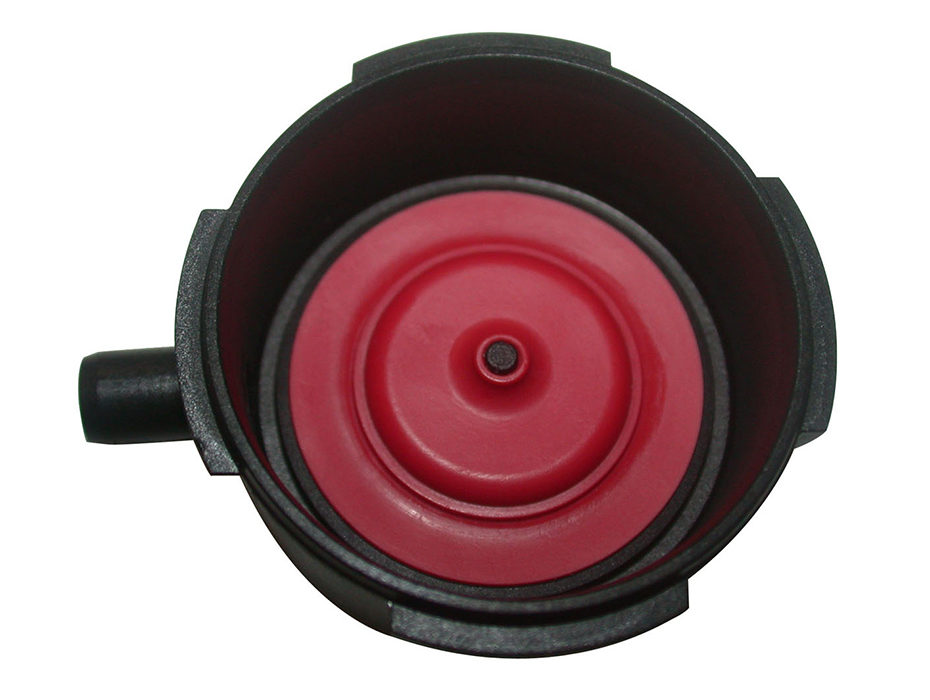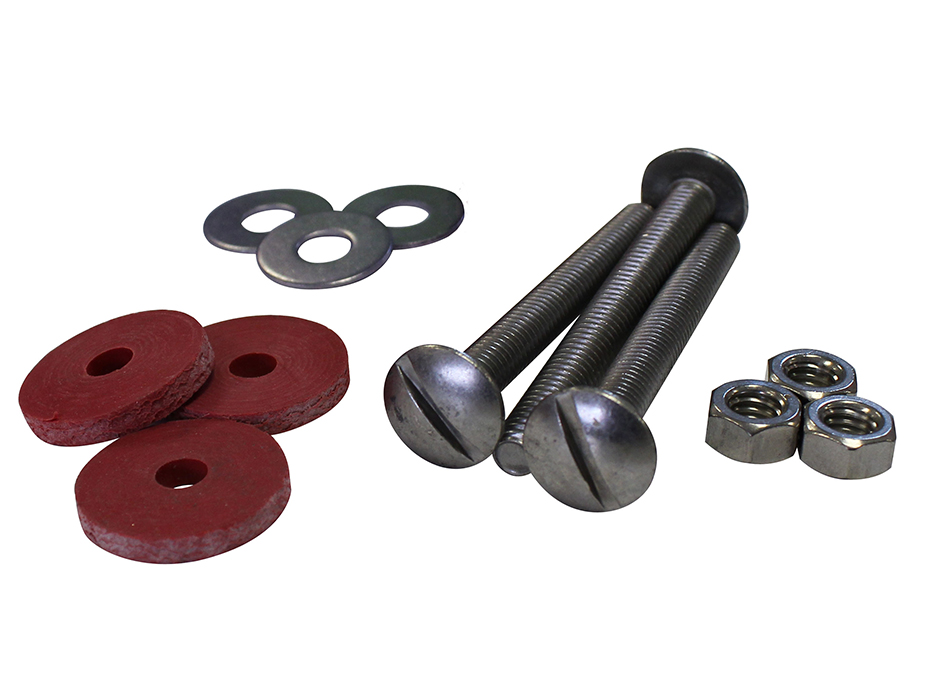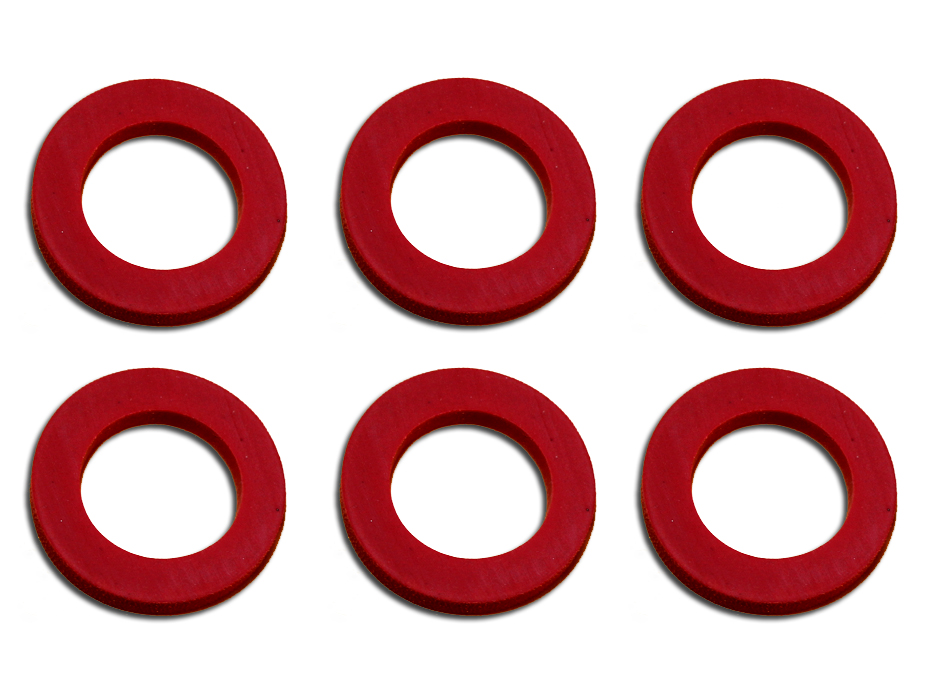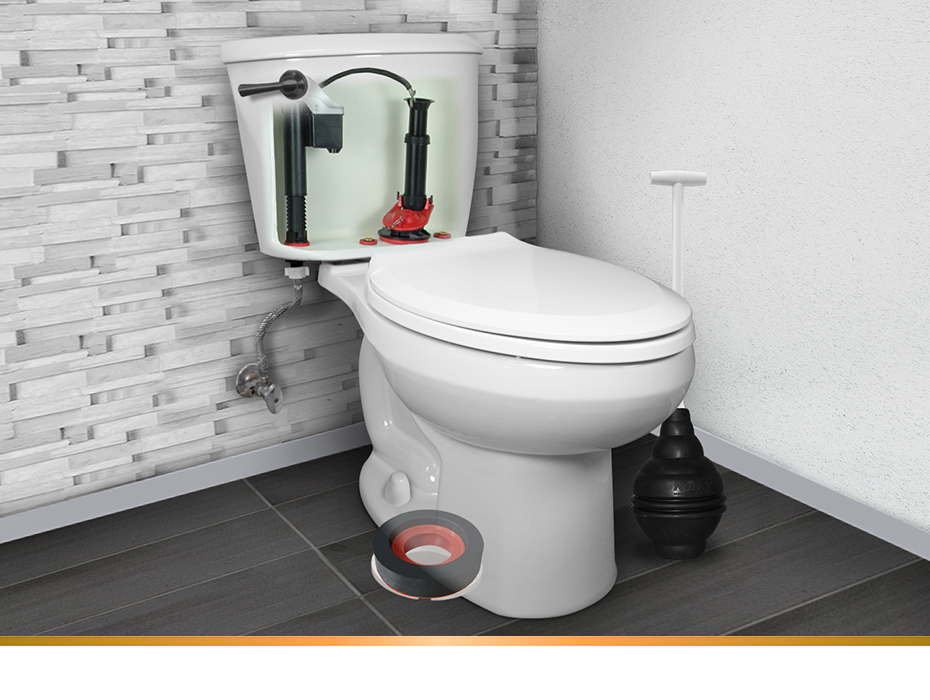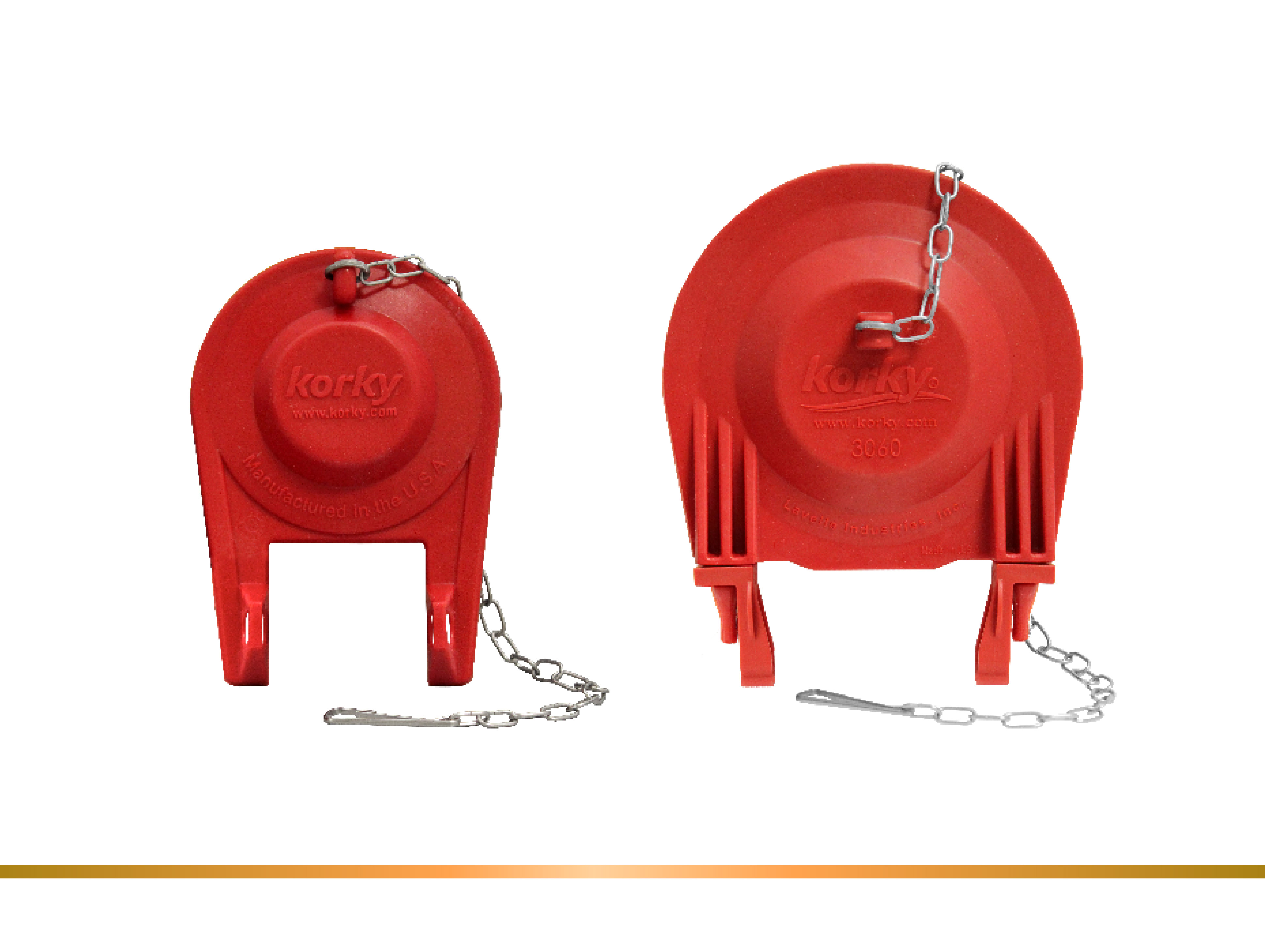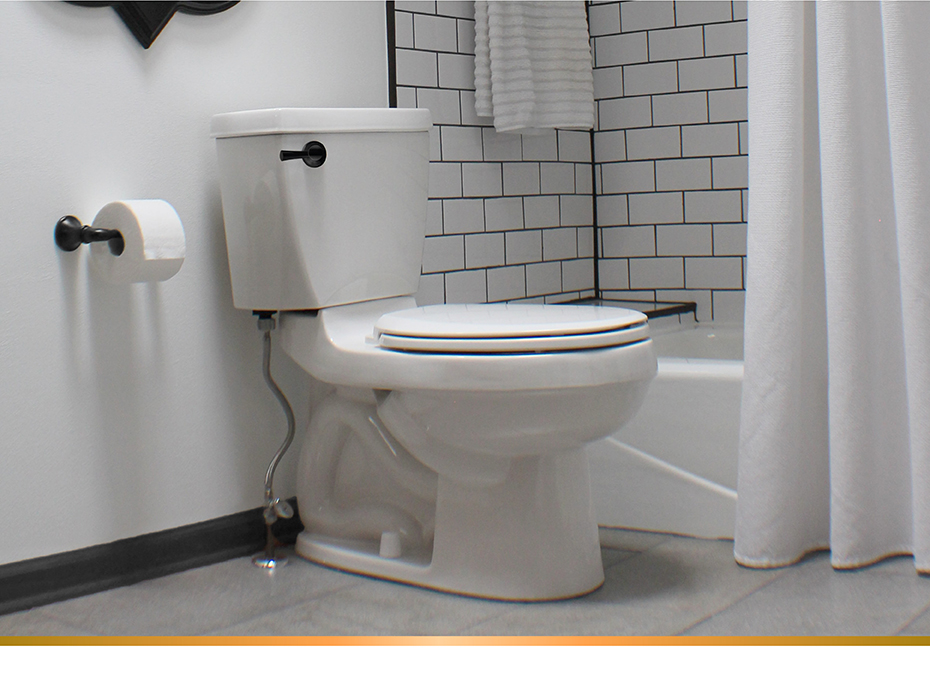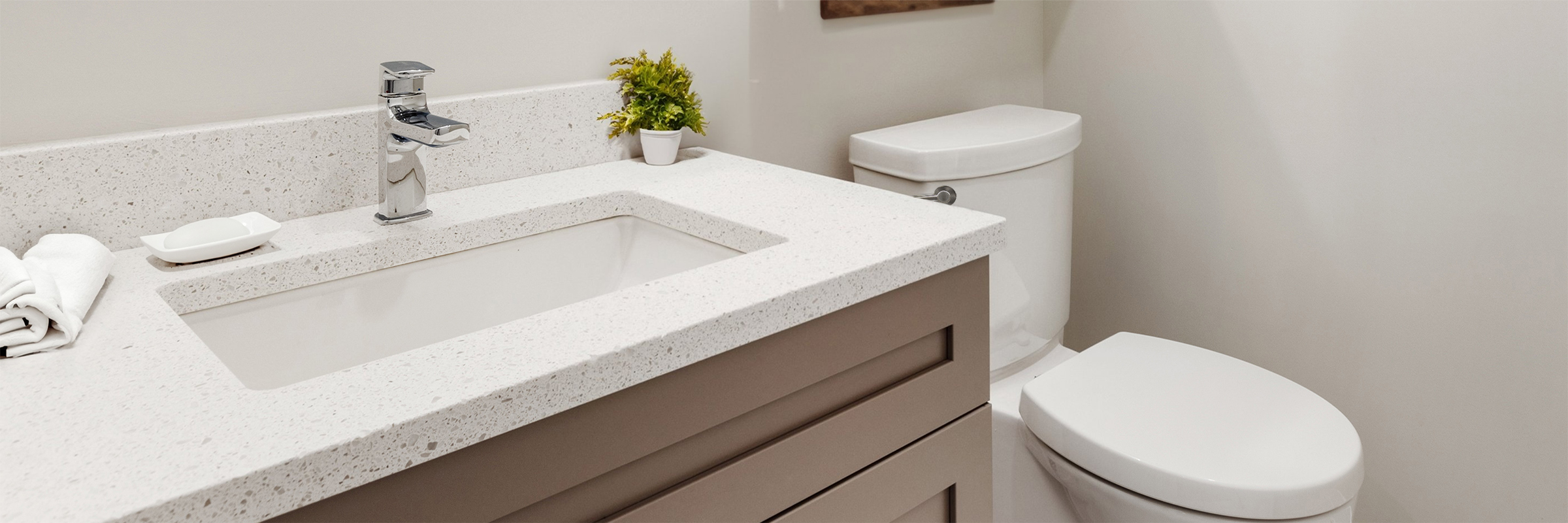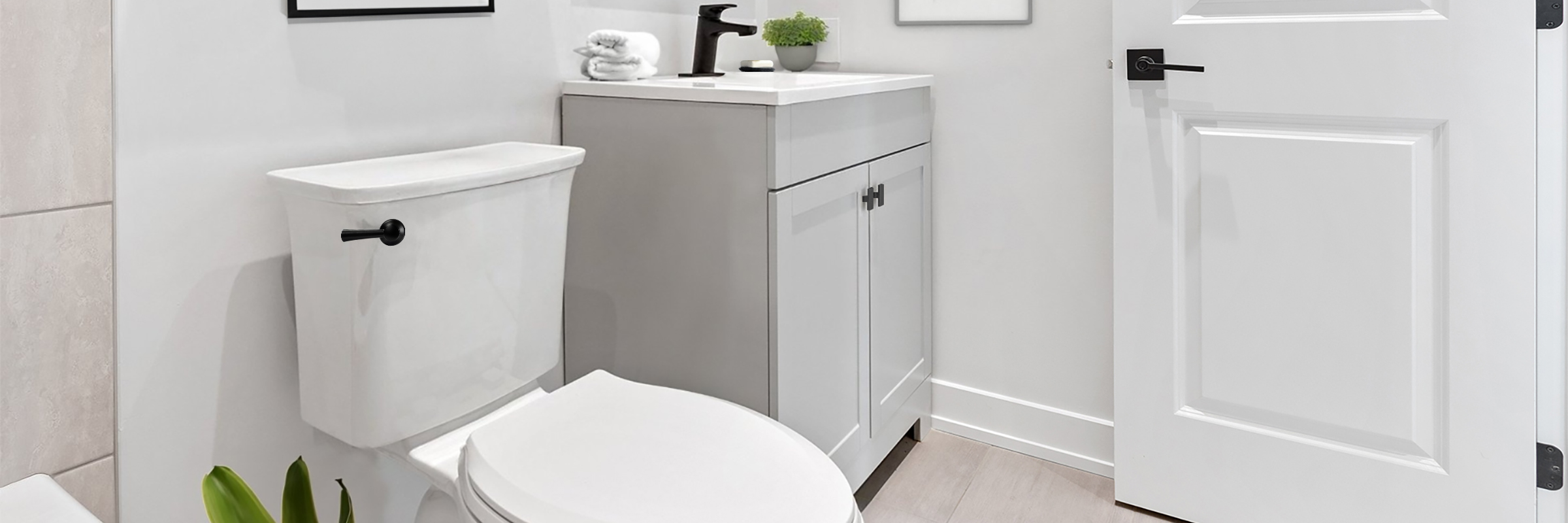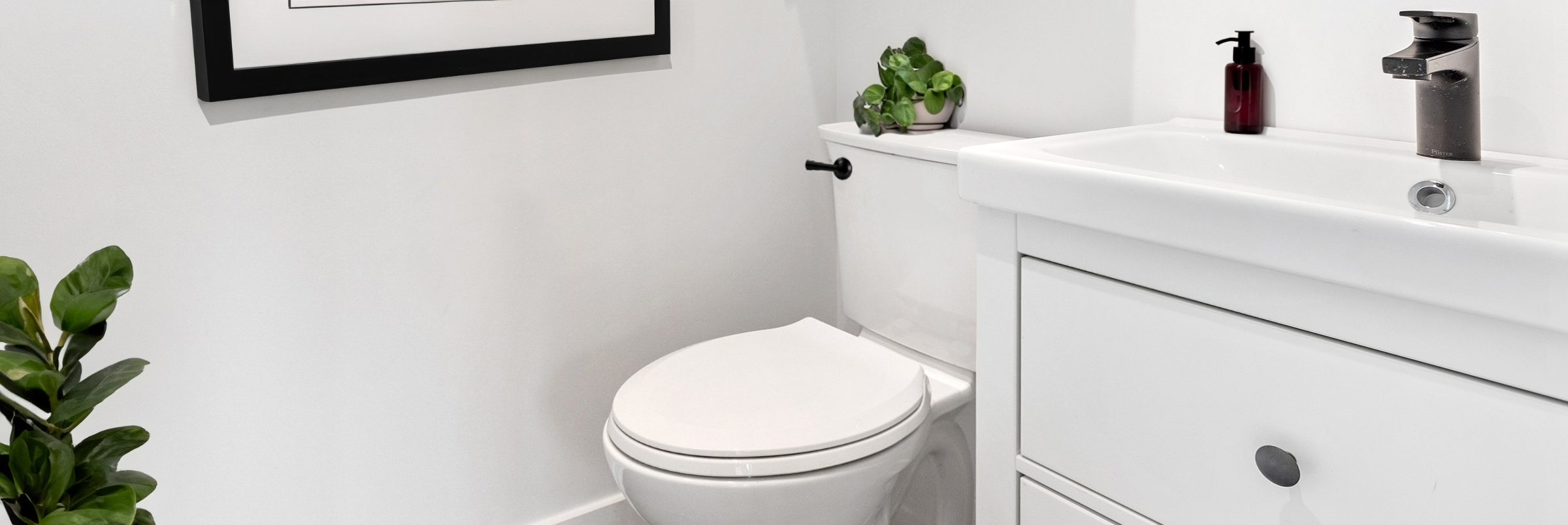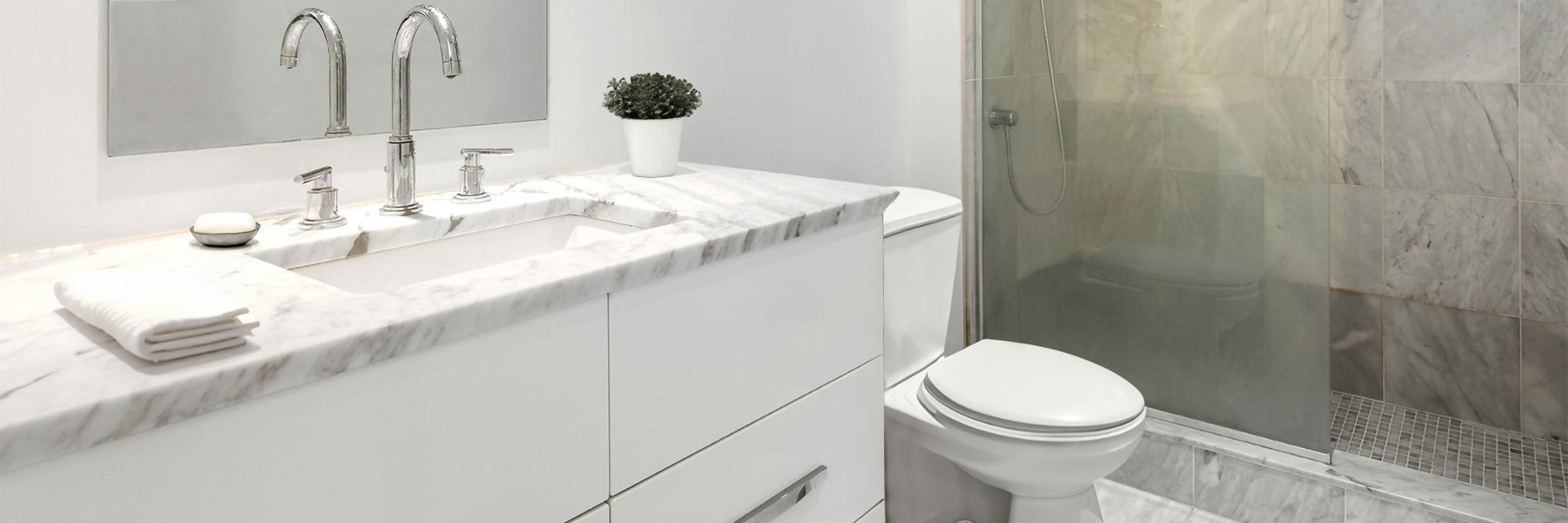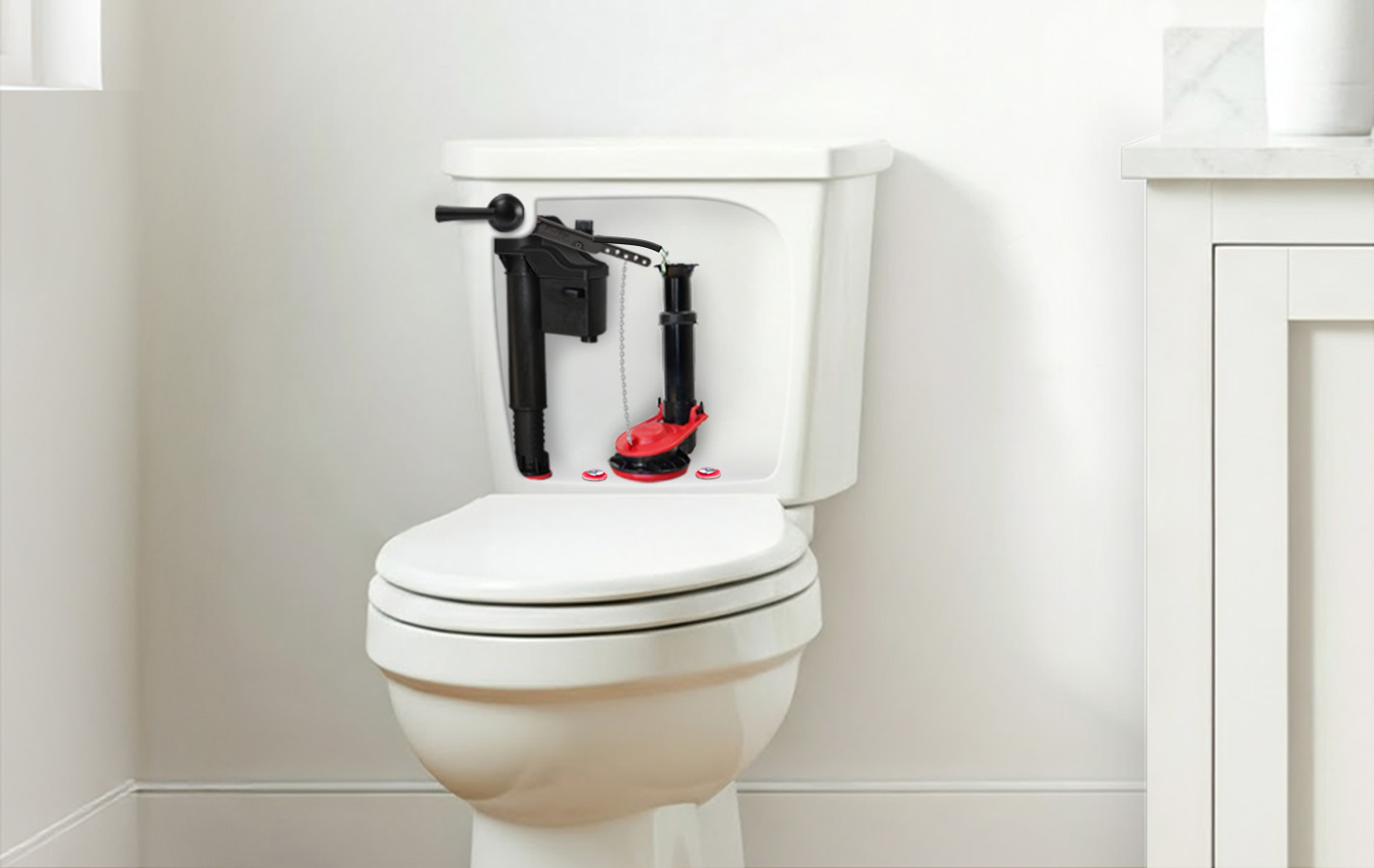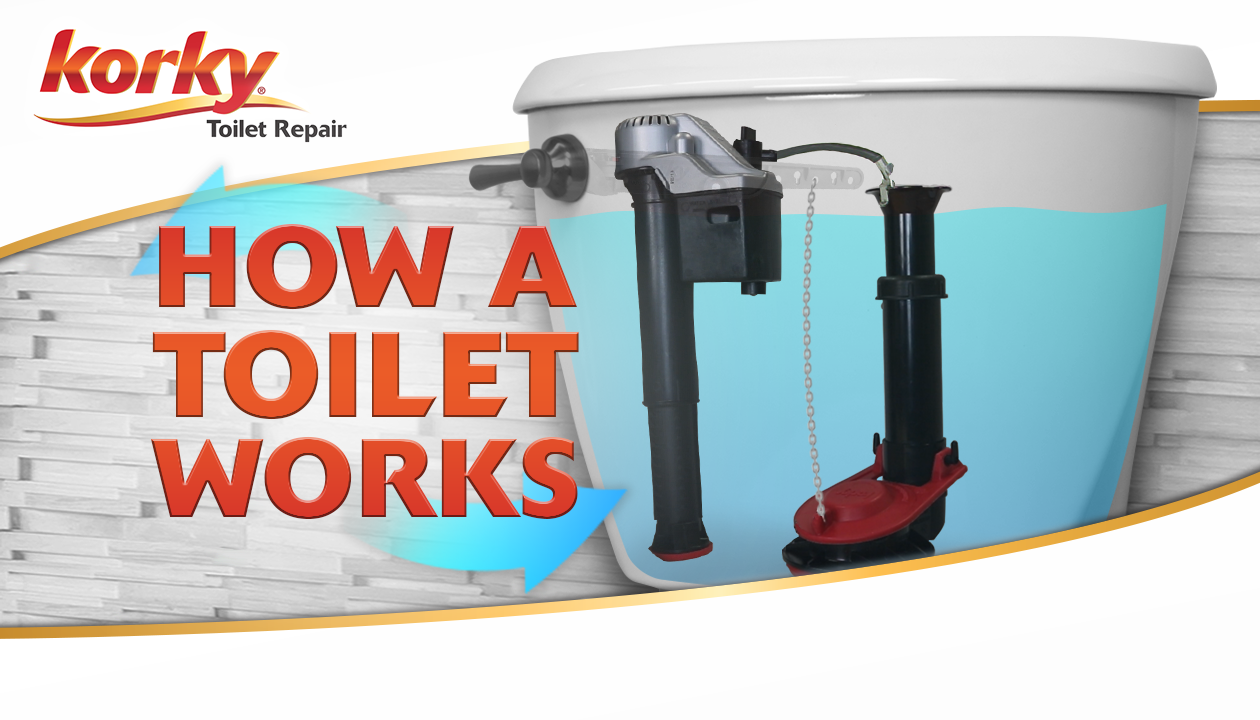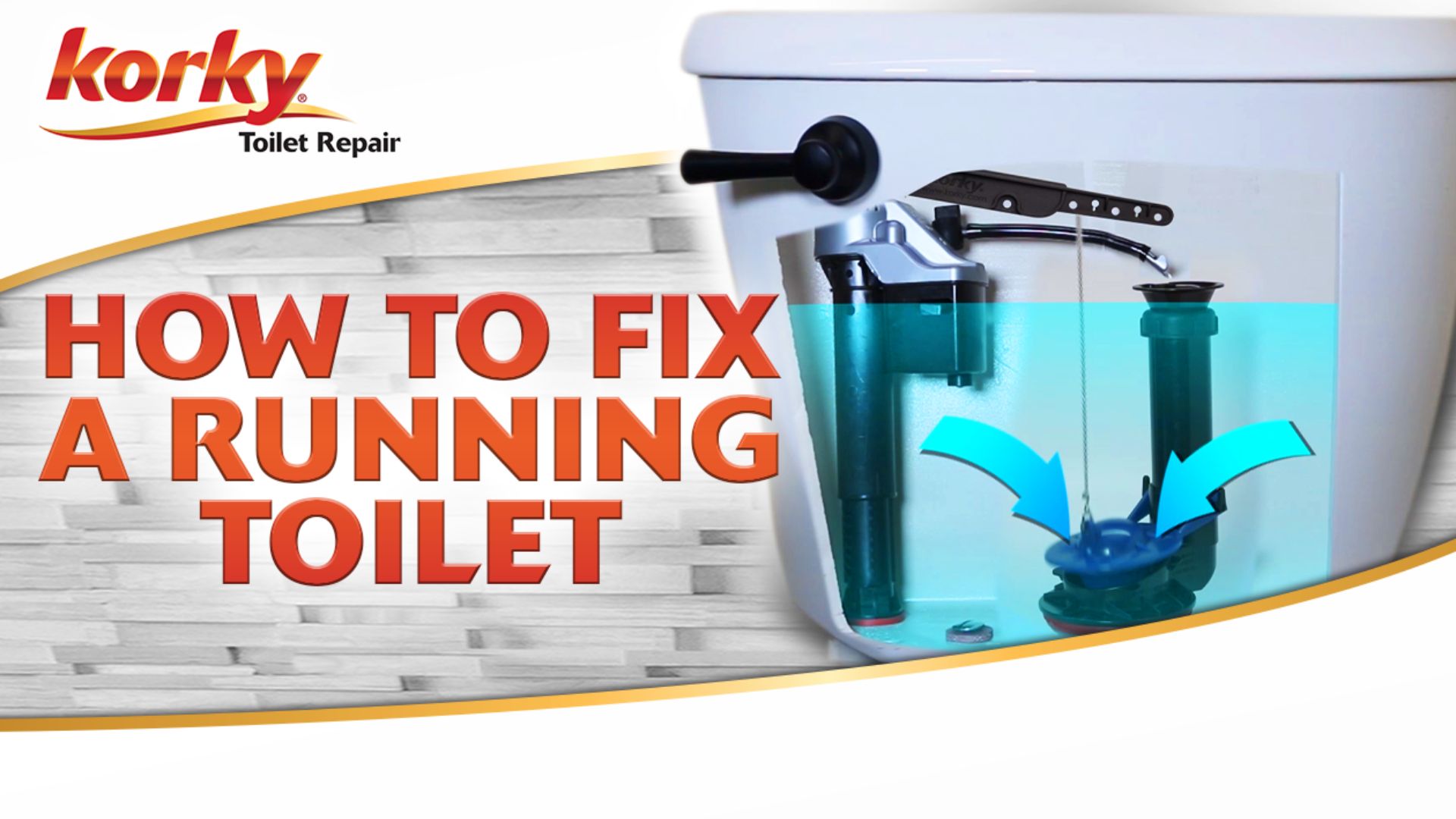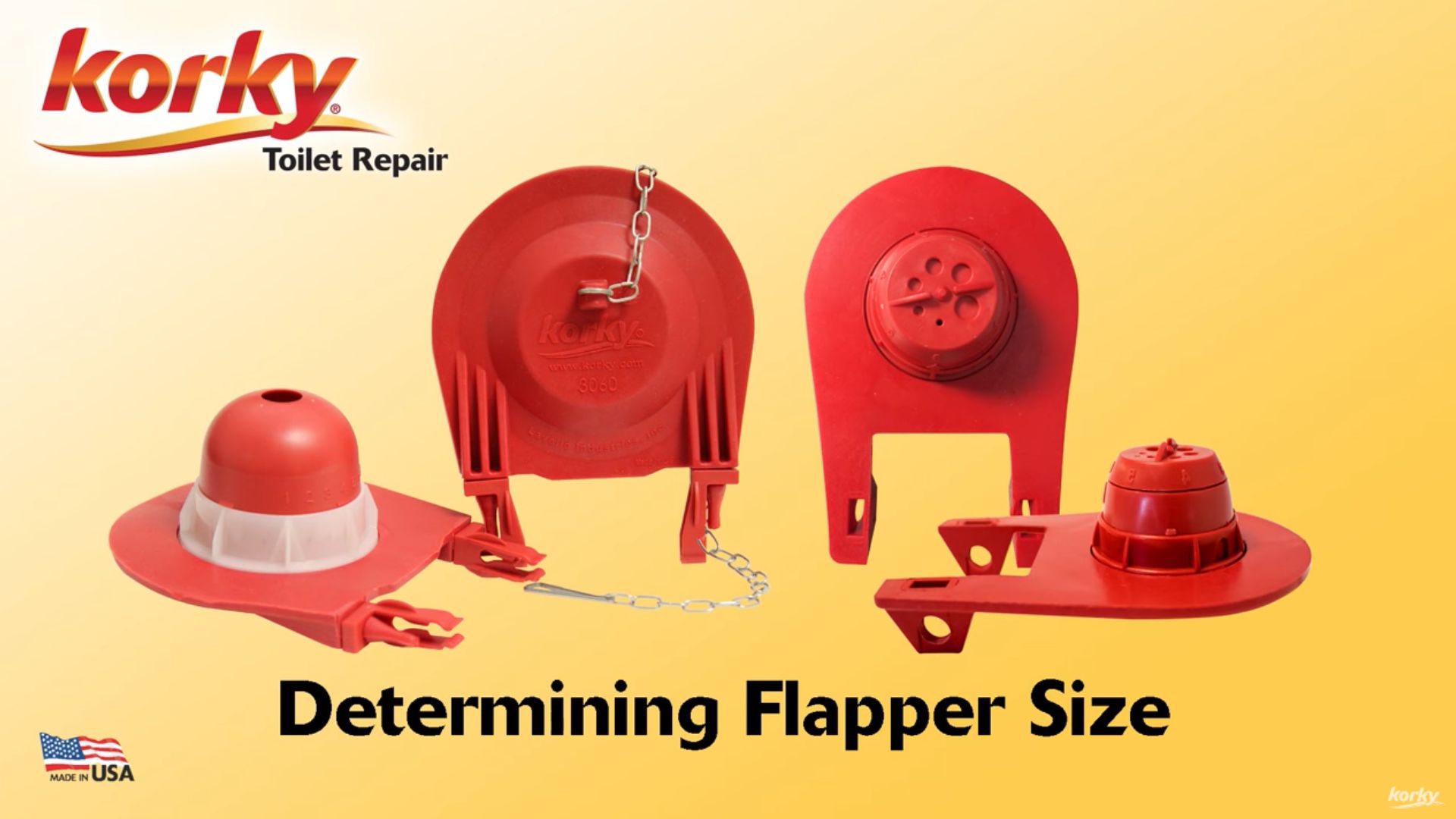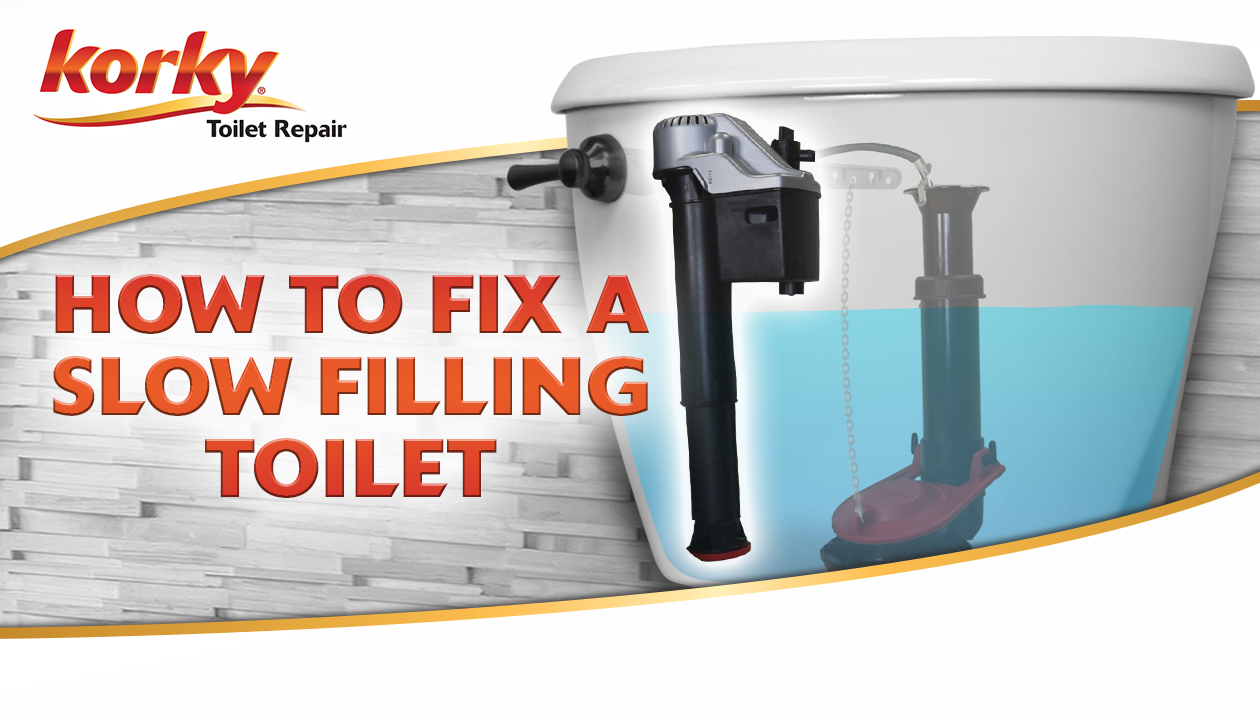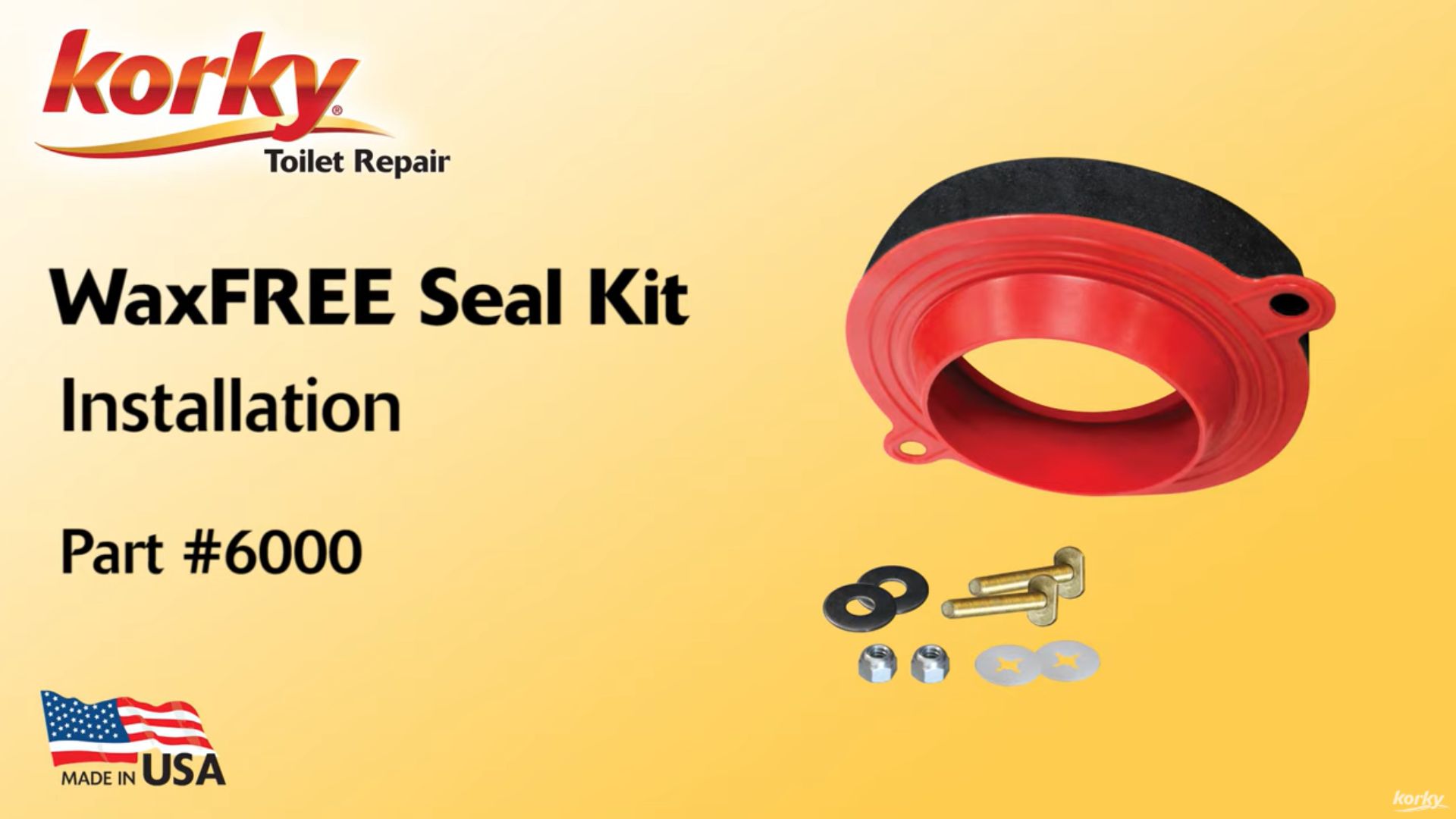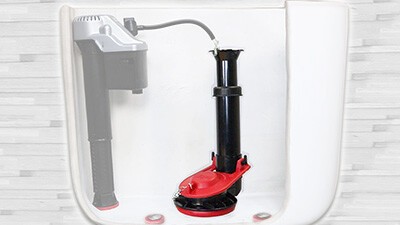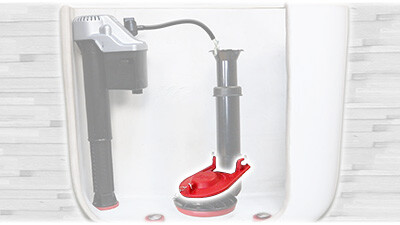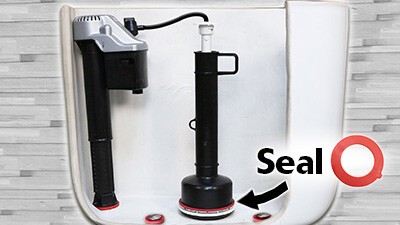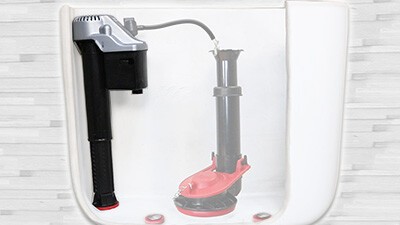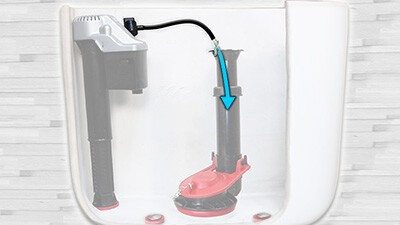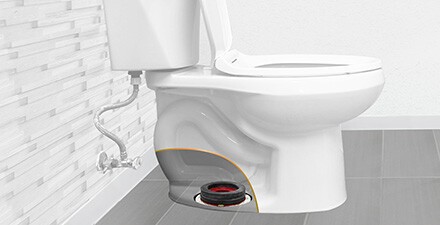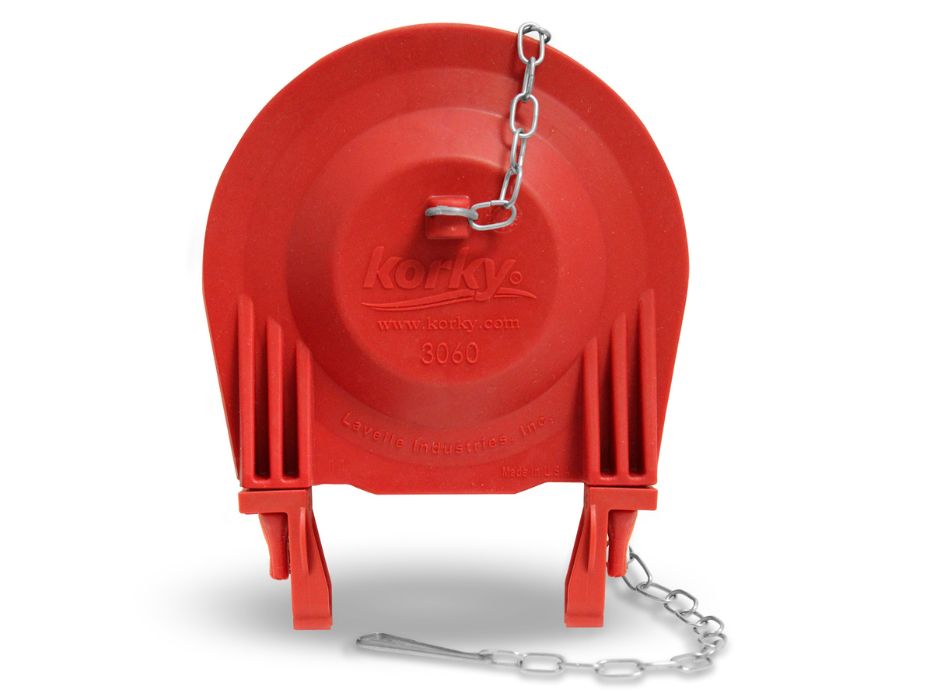Anatomy of a Toilet
Ever wondered how a toilet works? Understanding toilet anatomy and knowing the key toilet parts names can help you keep your toilet running smoothly.
How Does a Toilet Work?
Inside the toilet tank, several important parts of a toilet work together to create a powerful toilet flush.
- When you press the flush handle, the rubber flapper lifts, allowing water to rush from the tank into the bowl through the rim jets. Gravity and the flow of water pushes waste down the drain.
- As the tank empties, the flapper lowers back into place, sealing the flush valve to stop water flow.
- The fill valve then activates, refilling both the tank and the bowl through a small refill tube. Once the water reaches the right level, the fill valve shuts off - preparing the toilet for the next flush.
Knowing what's inside our toilet tank makes it easier to troubleshoot and maintain your toilet for long-term performance!
How a Flush Handle Works
The tank lever is the flushing mechanism that starts the toilet flushing process. The toilet handle attaches to the lever arm that is inside the tank. When you press or pull the handle, the lever arm lifts the flapper of the flush valve. This triggers the release of water into the bowl, flushing away the waste.
A flush handle and lever are key to a working toilet, but some wear out faster. Korky tank levers are durable and corrosion-resistant, lasting longer than standard ones.
